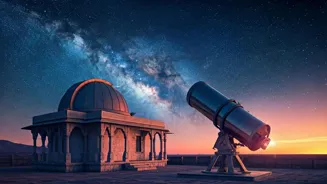Unveiling the Coldest Places in the Universe: A Journey to Extreme Environments. Explore the chilling mysteries beyond Earth's limits
From the bustling cities of India, where the summer heat can be relentless,
it's hard to imagine anything colder than a Delhi winter. But trust me, folks, what we experience here is practically balmy compared to the real deep freeze out there in the cosmos.
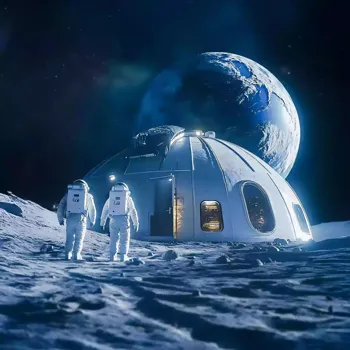
Space, you see, isn't just empty; it's incredibly cold. And within this vast expanse, there are places that make even the chilliest Himalayan peak seem like a tropical paradise.
Scientists are constantly exploring and discovering these extreme environments, pushing the boundaries of our understanding of the universe and the very nature of matter. So, grab a cup of chai, settle in, and let's take a journey to some of the coldest spots in existence.
We’ll explore nebulae far away, boomerangs of ice and other weird things. It is really cold far far away!
Exploring extreme cold and Cosmic Microwave Background in astrophysics
Imagine a region where atoms practically cease all movement. This is close to absolute zero, that magic number on the temperature scale. It's a theoretical limit where all thermal energy is absent and all activity stops. Down here, ordinary physical rules change.
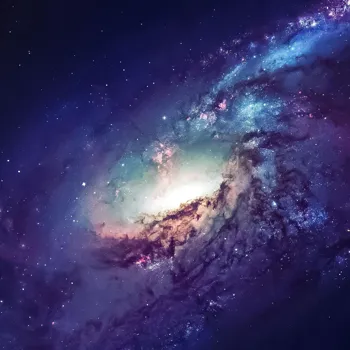
But let's remember, space isn’t exactly a vacuum; it contains gas, dust, and radiation, albeit in extremely low concentrations. The Cosmic Microwave Background (CMB) radiation permeates the entire universe. The CMB came from the early universe, soon after the Big Bang.
Although it provides a consistent, low base temperature, in some locations even cold exist. Studying these variations, no matter how small, is an important part of understanding the early universe.
India's contributions to astrophysics and collaborations such as the Giant Metrewave Radio Telescope (GMRT) show how our scientists are collaborating to unlock secrets.
Boomerang Nebula: Cosmic icebox near absolute zero, shaped by gas from star, rapid expansion cools
The Boomerang Nebula is a place that’s truly a cosmic icebox, reaching a frosty -272 degrees Celsius. It's found around 5,000 light-years away. This makes this nebula one degree warmer than absolute zero! The nebula gets its strange shape due to gas ejected from a star at its center.
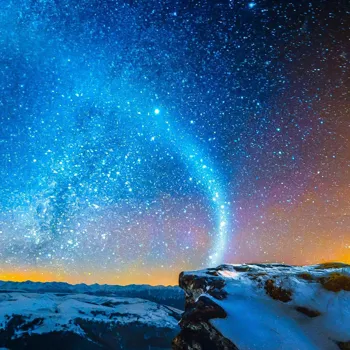
The Boomerang Nebula's frigid temperatures can be attributed to the rapid expansion of gases expelled by the central star. As the gas expands, it cools down drastically, causing the drastic temperature decrease. It is moving at an alarming pace.
It gives us deep insights into stellar evolution and planetary nebulae. Scientists are using telescopes to study the Boomerang Nebula and trying to understand even more about its unusual qualities. It’s amazing how much we can learn even through such cold temperatures and extreme conditions.
Dark nebulae, cold clouds blocking light, key to star formation
Now, consider a dark nebula. They don't emit or reflect light. They are enormous clouds of gas and dusts. They block light from objects behind them.
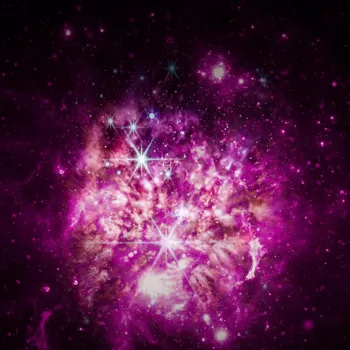
Some prominent dark nebulae include the Coalsack Nebula, which is easily seen from the Southern Hemisphere, and Barnard 68, a particularly dense and isolated dark cloud.
These are some of the coolest known objects in space because their thick cloud shields the interiors from stellar light, which leads to very low temperature. Dark nebulae have significant roles in star formations.
Within these frigid, dark environments, gravity causes the gas and dust to clump together gradually, forming new stars. It starts with the extremely cold conditions within these nebulae. Studying these regions provides important information on the beginning of stars and their life cycles.
Brown dwarfs: cool failed stars, key to star and planet formation mysteries
Brown dwarfs inhabit a strange limbo between being a giant planet and a small star. These “failed stars” lack the mass needed to sustain nuclear fusion in their cores, making them quite cool in comparison to main sequence stars such as our sun.
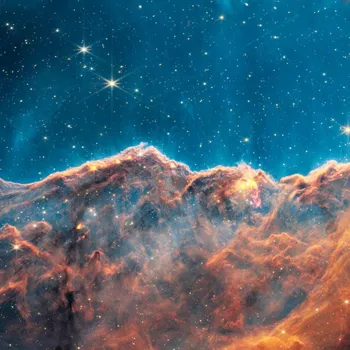
Brown dwarfs usually have surface temperatures colder than the sun. Some of the coolest brown dwarfs discovered have surface temperatures close to room temperature. Even more, they have atmospheres that contain water and methane ice clouds.
Astronomers employ infrared telescopes to identify these faint entities. The temperature goes down, and the challenge to finding them goes up. Observations and studies of brown dwarfs offer crucial clues as to how stars and planets are created.
They offer scientists the chance to analyze the physics operating at the center of star and planet formation.
Supervoids: vast, cold spaces in cosmos, key to universe's structure and galaxy distribution
Supervoids are gigantic areas of space with very few galaxies. They are like cosmic bubbles. The lack of matter leads to lower temperature, making them colder compared to locations where matter is more dense. Supervoids offer insights into the universe's structure and how it has developed.
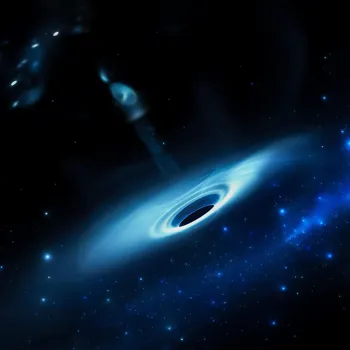
The physics that govern them is also studied. Some have claimed that cosmic microwave background cold spot is aligned with a supervoid. However, the full relation and correlation are still debated and are a focus of ongoing scientific research.
Exploring supervoids is essential in understanding how galaxies are spread in the universe. By examining the temperature differences and density inside these voids, scientists piece together the formation history and expansion of our universe giving us a detailed view of the universe.











